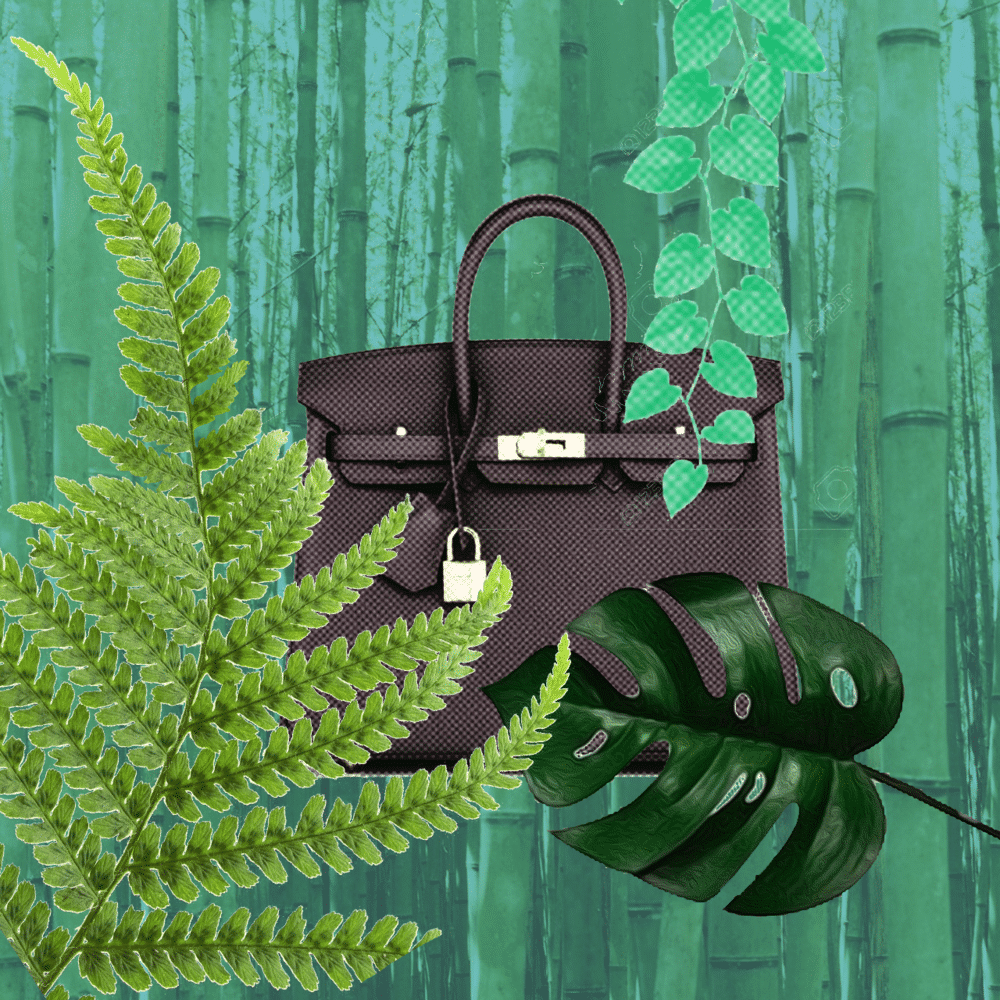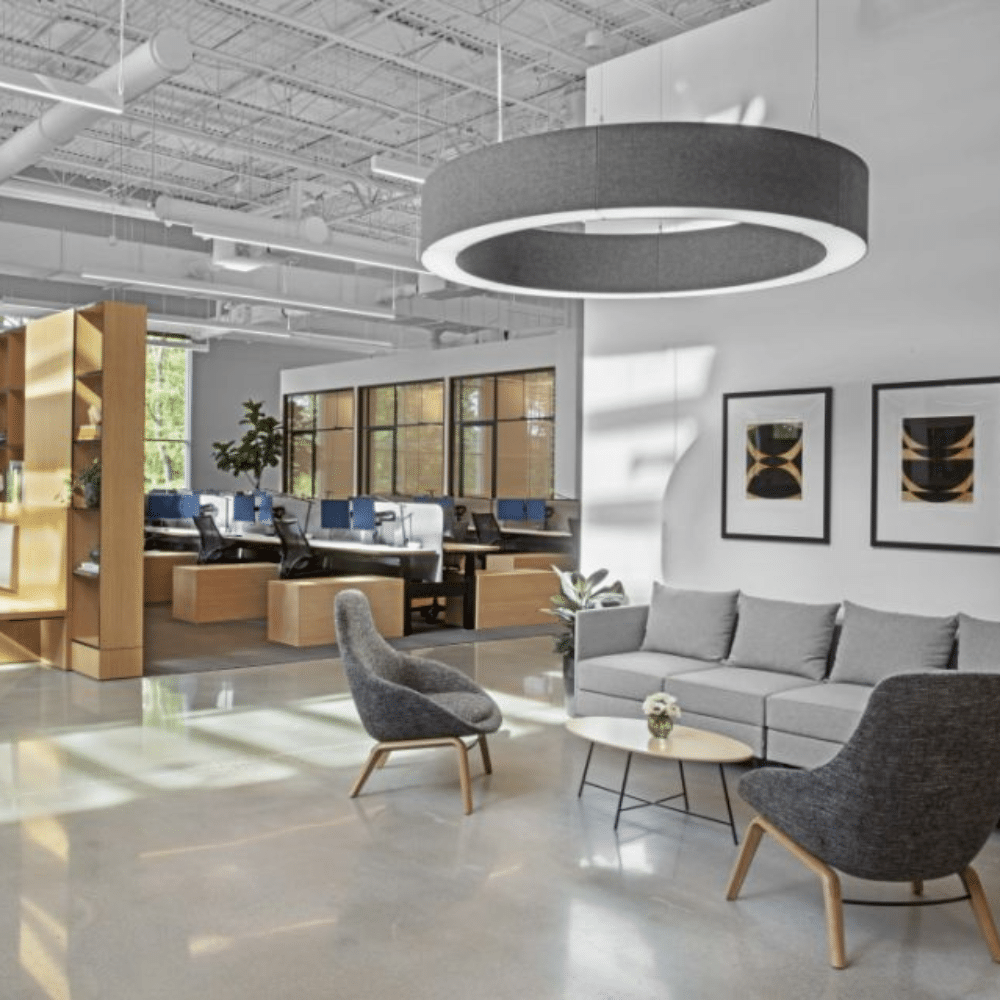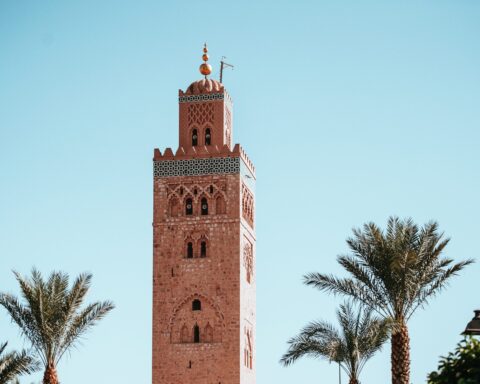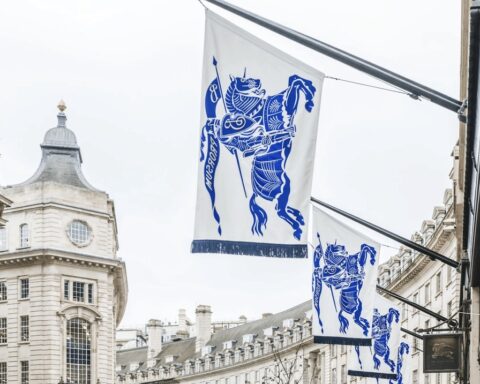[vc_row njt-role-user-roles=”administrator,armember”][vc_column][vc_column_text]
Mazars, an international audit, tax and advisory group, publishes its new study, in partnership with the Arianee consortium, entitled: “The transformation of the business model of the luxury sector: responsible, collaborative, connected”, aiming to better exploit technology and circularity.
The study in question, carried out between May and September 2020, includes analyses by experts in the luxury sector, including Breitling, the Comité Colbert, Kering, and Vacheron Constantin, as well as a review of 150 articles, various reports, and other varied sources.
The rise of the luxury industry
The business model of the luxury sector has undergone major changes in the last ten years. Indeed, for the year 2010, luxury goods customers spent 4.3 billion euros online. In 2019, this figure reached more than 33.3 billion euros. A colossal increase in online luxury sales, which is linked to the new consumption habits of new luxury consumers.
China is now the leading market for the luxury industry. And the global market for second-hand products has reached 30 billion euros per year, thanks to average annual growth of 12% over the last 5 years. The second-hand market is growing, and experts agree that this market will continue to grow in importance in the coming years.
The new luxury consumers
Over the last ten years, the luxury goods customer base has also undergone profound changes. New customers and new requirements have followed the rise of the luxury industry, leading the various luxury players to meet new expectations in terms of eco-responsibility and sustainability, as well as the building of interdisciplinary partnerships.
The new luxury clientele aspires to a more personalized and long-term relationship with the houses, access to irreproachable after-sales services, a unique customer experience, and transparency, all with the help of new technologies. The wealthy Chinese clients, nicknamed the “HENRYs” (“high-earners-not-rich-yet”) and Gen Z are the two main drivers of the transformation and growth of the luxury industry.
Luxury products are attracting an increasingly young clientele, mainly from China. The country is the leading growth market for the luxury sector and is home to millions of wealthy customers looking to buy high-end products. These customers constitute one of the three new categories identified in the study.
The other groups are the HENRYs, a category of wealthy individuals present around the world, and the Millennials and Generation Z group, both of which are driving the growth potential of the luxury market. Each new category is distinguished by its own opportunities and challenges.
For example, Millennials and Generation Z is a customer category that places a high value on product durability and tends to focus on online sales. The new technological challenges imposed by this new emerging clientele are pushing luxury players to adapt in order to meet consumer needs.
Focusing on partnerships and customer experience
The luxury industry experts who contributed to this study point out that “personalized customer services” have become the main factor in the customer experience in the luxury industry, especially after-sales services. Take-back and recycling programs for customers aspiring to sustainable consumption, such as Eileen Fisher’s “Renew Program“, are a concrete example of how the luxury sector is adapting.
Partnerships have also become essential to ensure this spirit of circularity and sustainability. One example of a successful collaboration is the “Fashion Pact“. This global cooperation helps large luxury houses such as Burberry, Kering, and Prada to collaborate with smaller houses by offering brand to brand exchanges. In this way, they are committed to greater environmental sustainability, a criterion that brings together a large proportion of luxury consumers.
The main challenges and opportunities for luxury
The report discusses the main challenges and opportunities still ahead for the luxury sector, including those directly related to the impact of the Covid-19 health crisis. In particular, it explains how this global pandemic has given new impetus to the luxury resale market and stimulated investment in new offerings.
In North America and Europe, many clients in the luxury sector, mainly a young clientele, have lost some of their purchasing power this year, making the resale market even more interesting for them.
Many brands are therefore adapting to the new changes in the industry, and the brands are strengthening their digital presence: the Hermès and Tiffany houses, for example, now offer digital marketing tools such as live streaming, a practice they had rejected in the past.
Sustainability at the heart of the sector’s transformation
The study highlights the desire for sustainable consumption among a large majority of luxury consumers, as well as its great growth potential. This sustainable consumption starts with the development of circularity and the search for solutions for the recycling of luxury products.
These new eco-responsible expectations also imply going further for luxury players, developing new materials and manufacturing processes that are more respectful of the environment, and supporting supply chain partners in their sustainability approach.
Isabelle Massa, the partner at Mazars, comments on the study: “Luxury brands have long been known for their ability to control the way their products are presented and sold. This study shows how they are shaping a new business model to adapt to the new market reality. Partnerships that allow brands to be more innovative and even circular, and business practices that give priority to a younger and more diverse customer base, are becoming the norm“.
Isabelle Massa concludes: “This report highlights the new approaches luxury brands are taking and how they are expanding their digital presence in response to the pandemic or changing their models to create a sustainable luxury industry and serve their customers in an ever more satisfying way“.
Read also > THE CRYPTOCURRENCY, A NEW BASE VALUE ?
Featured Photo : © Press [/vc_column_text][/vc_column][/vc_row]








